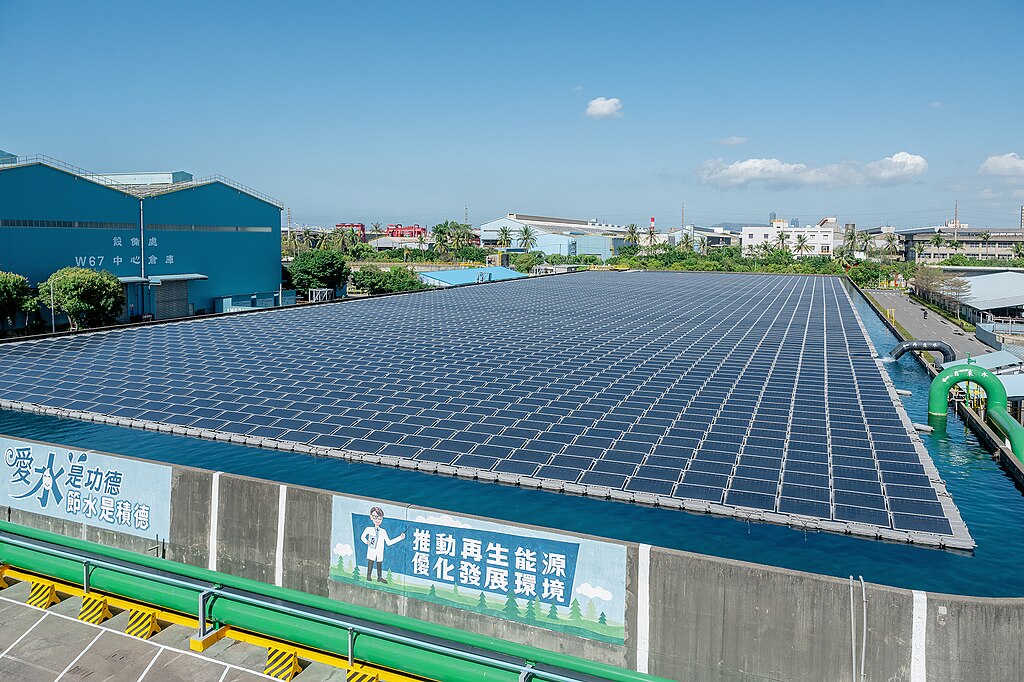China’s top economic planning agency announced plans to scale back subsidies for renewable energy projects after a record surge in solar and wind power installations. In 2024, China’s installed solar capacity soared by 45%, reaching 887 GW—over six times that of the U.S., according to the International Renewable Energy Agency.
This rapid expansion allowed China to hit its 2030 clean energy target six years ahead of schedule. The shift comes as President Donald Trump withdraws the U.S. from the Paris climate accord for a second time, focusing instead on fossil fuel expansion.
The National Development and Reform Commission (NDRC) and China’s energy administration introduced "market-oriented" policy changes, stating that renewable energy now makes up more than 40% of China's total energy capacity. The NDRC emphasized that lower development costs have reduced the need for subsidies.
Starting in June, new renewable energy projects will be subject to market-based bidding for electricity prices. The NDRC assured that residential and agricultural electricity costs would remain unchanged, while industrial and commercial rates would see minimal impact.
The agency is working with local governments to implement the new policies but did not disclose the pricing formula. Reduced subsidies could challenge China’s solar industry, already struggling with overcapacity and falling solar panel prices. Smaller producers may face bankruptcy as competition intensifies.
China’s clean energy transition remains a global focal point, with its rapid growth contrasting the U.S.’s shift back to fossil fuels. The new policy marks a significant shift in China’s energy landscape, signaling a move toward market-driven renewable energy pricing.



 U.S. Military Bill Seeks to End Dependence on China for Display Technology by 2030
U.S. Military Bill Seeks to End Dependence on China for Display Technology by 2030  Australia’s Labour Market Weakens as November Employment Drops Sharply
Australia’s Labour Market Weakens as November Employment Drops Sharply  Gold Prices Dip as Markets Absorb Dovish Fed Outlook; Silver Eases After Record High
Gold Prices Dip as Markets Absorb Dovish Fed Outlook; Silver Eases After Record High  Federal Judge Blocks Trump Administration’s Pause on New Wind-Energy Permits
Federal Judge Blocks Trump Administration’s Pause on New Wind-Energy Permits  Mexico Moves to Increase Tariffs on Asian Imports to Protect Domestic Industries
Mexico Moves to Increase Tariffs on Asian Imports to Protect Domestic Industries  China Adds Domestic AI Chips to Government Procurement List as U.S. Considers Easing Nvidia Export Curbs
China Adds Domestic AI Chips to Government Procurement List as U.S. Considers Easing Nvidia Export Curbs  Australia Pushes Forward on AUKUS Submarine Program Amid Workforce and Production Challenges
Australia Pushes Forward on AUKUS Submarine Program Amid Workforce and Production Challenges  Trump’s Approval of AI Chip Sales to China Triggers Bipartisan National Security Concerns
Trump’s Approval of AI Chip Sales to China Triggers Bipartisan National Security Concerns  Trump Administration Unveils High-Priced “Trump Gold Card” Visa Program
Trump Administration Unveils High-Priced “Trump Gold Card” Visa Program  Korea Zinc Plans $6.78 Billion U.S. Smelter Investment With Government Partnership
Korea Zinc Plans $6.78 Billion U.S. Smelter Investment With Government Partnership  ASX Shares Slide After ASIC Imposes A$150 Million Capital Requirement
ASX Shares Slide After ASIC Imposes A$150 Million Capital Requirement  Dollar Struggles as Markets Eye Key Central Bank Decisions and Global Rate Outlooks
Dollar Struggles as Markets Eye Key Central Bank Decisions and Global Rate Outlooks  Australia’s Under-16 Social Media Ban Sparks Global Debate and Early Challenges
Australia’s Under-16 Social Media Ban Sparks Global Debate and Early Challenges  Trump Administration Fuel-Efficiency Rollback Could Raise Long-Term Costs for U.S. Drivers
Trump Administration Fuel-Efficiency Rollback Could Raise Long-Term Costs for U.S. Drivers  South Korea Extends Bond Market Stabilization Measures Amid Rising Financial Risks
South Korea Extends Bond Market Stabilization Measures Amid Rising Financial Risks  Wall Street Futures Dip as Broadcom Slides, Tech Weighed Down Despite Dovish Fed Signals
Wall Street Futures Dip as Broadcom Slides, Tech Weighed Down Despite Dovish Fed Signals 































